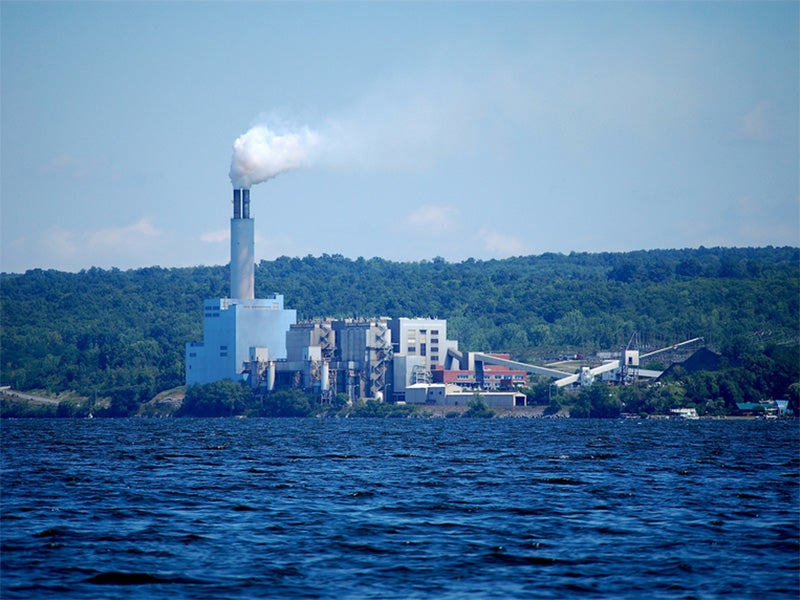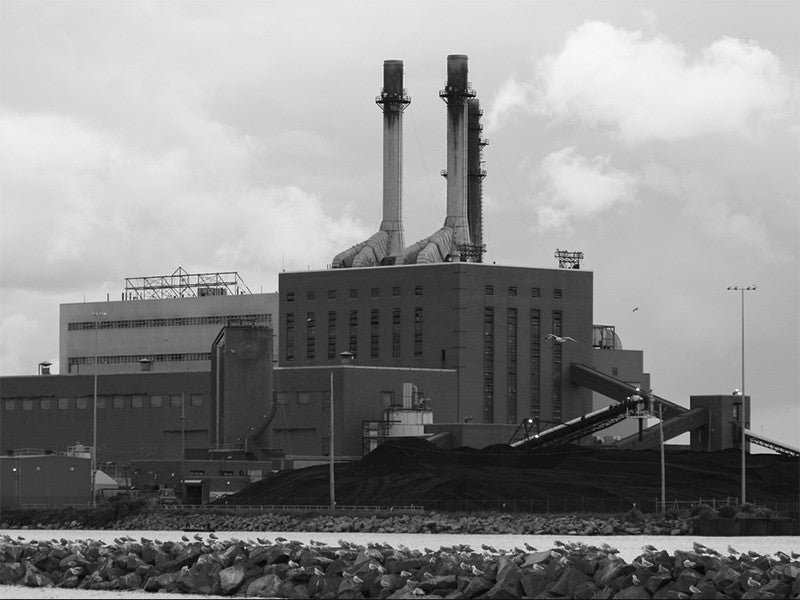Controversial Repowering of the Cayuga and Dunkirk Coal-fired Power Plants
The cost of repowering the two plants could cost as much as $1.5 billion—a cost that would fall to ratepayers. Upgrading transmission lines would accomplish the same goal for under $100 million.
Regional Office / Program
Case Overview
Earthjustice represented a group of elected officials in repowering proceedings before New York’s Public Service Commission. At issue was a controversial, precedent-setting decision: whether to repower the uneconomic coal-burning Cayuga and Dunkirk power plants with natural gas—a plan that would lock the region into continued use of fossil fuels and hike electricity bills for people and businesses across a 20-county region in western and central New York, or take the plants offline and instead upgrade the transmission lines—a cleaner and far less expensive option.
The cost of repowering the two plants could cost as much as $1.5 billion—a cost that would fall to ratepayers. Upgrading transmission lines would accomplish the same goal for under $100 million.

Case Updates
Case page created on November 14, 2013.


